
Aviation in Colour, 1910-1920a selection of images from the earliest days of aviation, using the then still experimental colour photographic processesThis is a work in progress
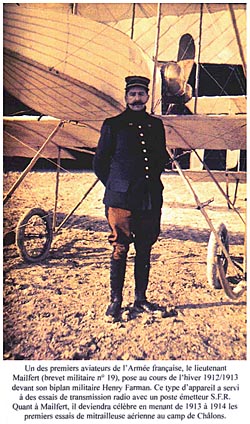 Lt. Mailfert, c.1912/13 Avions, Hors Série No.9 download a 750pixel image
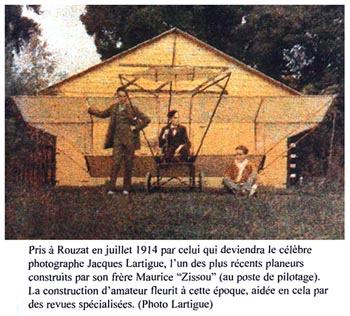 Maurice " Zissou" Lartigue, July, 1914
Photo by Henri Lartigue download a 750pixel image
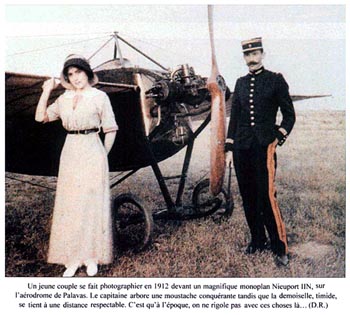 Nieuport IIN, 1912 Avions, Hors Série No.9 download a 1000pixel image
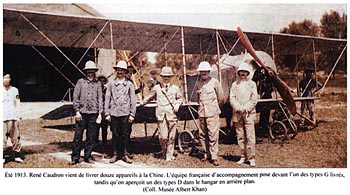 René Caudron, China, Summer, 1913 Avions, Hors Série No.9 download a 1000pixel or 2000pixel image
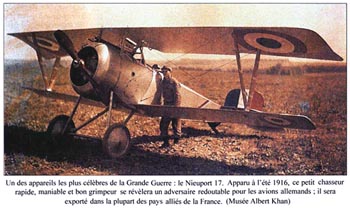 Nieuport 17, Summer, 1916 Avions, Hors Série No.9 download a 1000pixel image
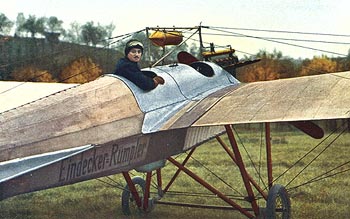 Eindecker Rumpler, c.1913 If not a colour original, then this is the best example of colour tinting from this period seen by the editor to date. download a 1000pixel or 1500pixel image
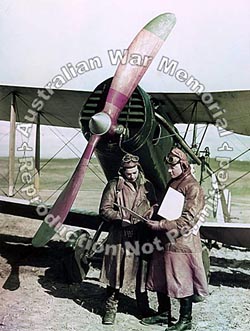 Bristol F2B, 1 Sqn, AFC, c.1918 The observer (right) is Lt. James Hamilton Traill. The pilot (left) is either Lt. Leonard Malcolm Sumner Potts or Lt. G. C. Peters, with whom Traill usually flew
Australian War Memorial Archives (ID P01034_039) download a 500 pixel image
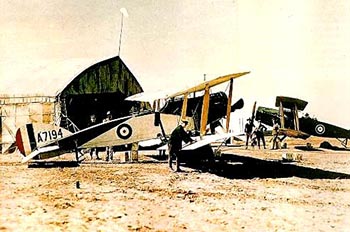 Bristol F2B, most possibly 1 Sqn, AFC, c.1918 also most possibly, from the same series by Frank Hurley (above).
The Early Processes
Prior to Louis Lumière’s invention of the autochrome plate, color photography was a medium beyond the scope of even the wealthy or well-informed amateur. Methods invented by forerunners such as Louis Ducos du Hauron in the 1890s required long preparation, constraints such as taking three identical images through color filters and then superposing them, long exposure times as in the early days of photography and, in the end, these methods were much closer to scientific experimentation than reliable processes giving consistent results. Whilst only a few months separated the Cinématographe patent and its mass production, Louis Lumière required no less than 4 years of trials, attempts and successive refinements to move from his 1903 patent for " obtaining color photographs " into marketing the first color photographic plates in 1907. But the result matched these efforts : industrial production of easy-to-use sensitive plates (up to 6000 per day in 1913) allowing single-image color pictures to be obtained was henceforth possible. Moreover, for nearly 30 years, this process established itself as one of the only ways of fixing in the long-term the blueness of the sky or the complexion of a young lady on a photographic picture ...more
|
© Copyright 1999-2002 CTIE - All Rights Reserved - Caution |